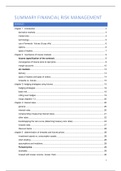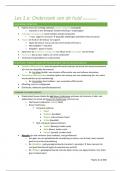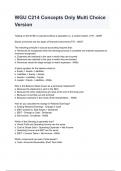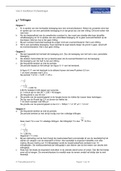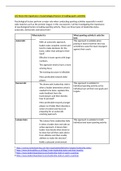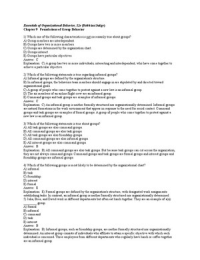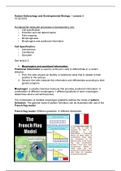Samenvatting
Samenvatting Financial Risk Management
- Instelling
- Universiteit Gent (UGent)
Dit is een samenvatting voor het vak Financial Risk Management (Financieel risicomanagement). De samenvatting is vooral gebaseerd op slides en notities uit de les. Indien de slides onvoldoende waren, heb ik uit het boek extra informatie gehaald en in de samenvatting gestoken.
[Meer zien]
